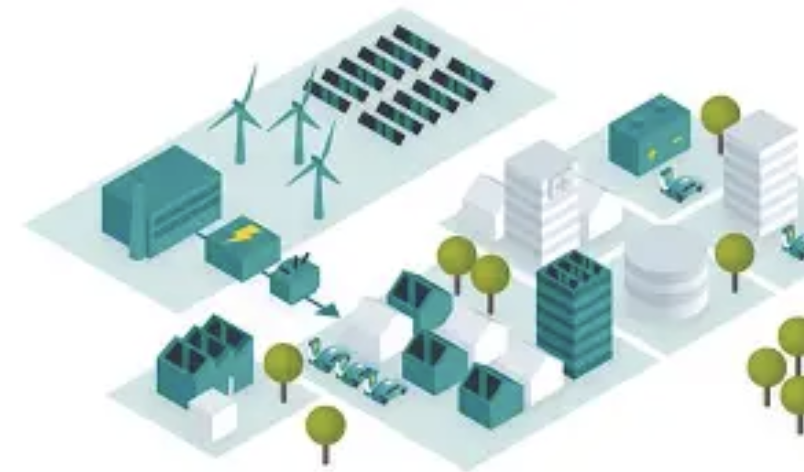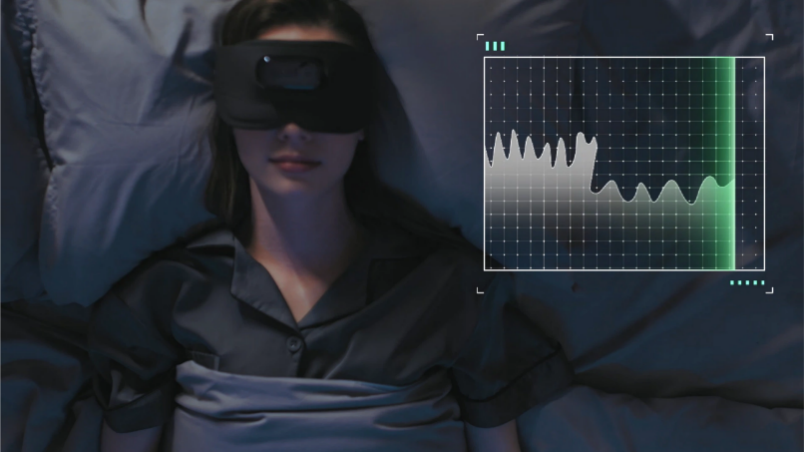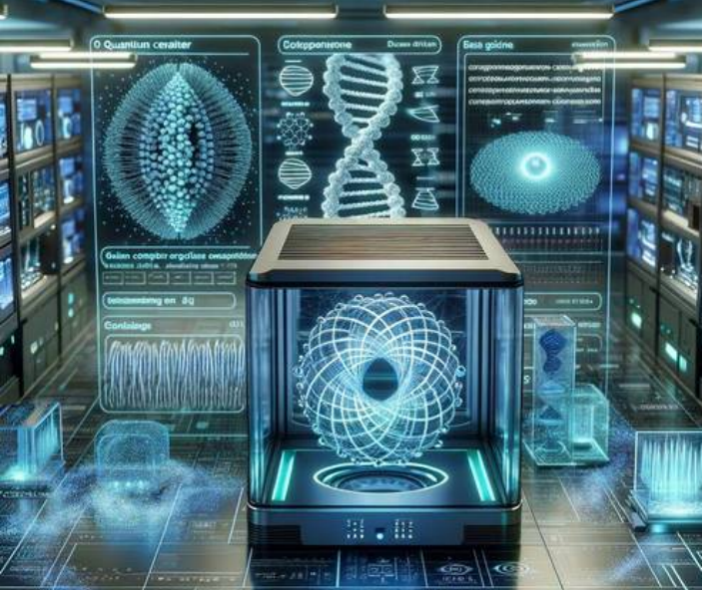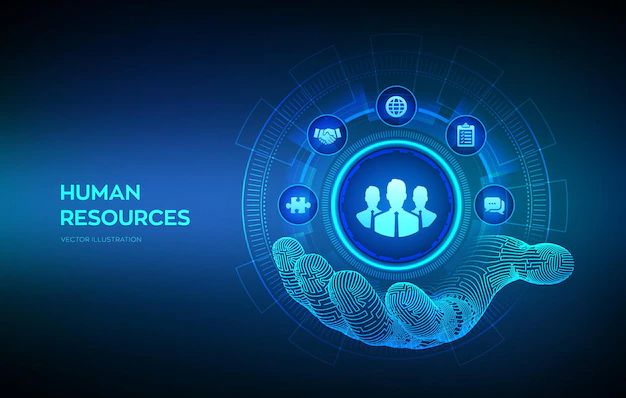How far are we from "cyber" cuisine?
Have you ever thought about what the future kitchen will look like? I don't mean the kind of equipment in Star Trek that can make pizza at the press of a button, but the new technology that is closer at hand and is quietly changing our dining table. Now, we are in a "Cyberpunk" gourmet era, except that it has no neon lights and flying cars, but is hidden in the freezer of the supermarket.
Meat doesn't grow from animals?
Let's start with meat. You might have heard about lab-grown meat. There are two types of lab-grown meat. One is called plant-based meat, which uses plant protein, fat and fiber to simulate the taste and taste of meat. From hamburgers to sausages, these "vegetarian meats" have occupied the menus of many fast food restaurants. They can not only reduce the pressure of animal husbandry on the environment, but also give vegetarians more choices.
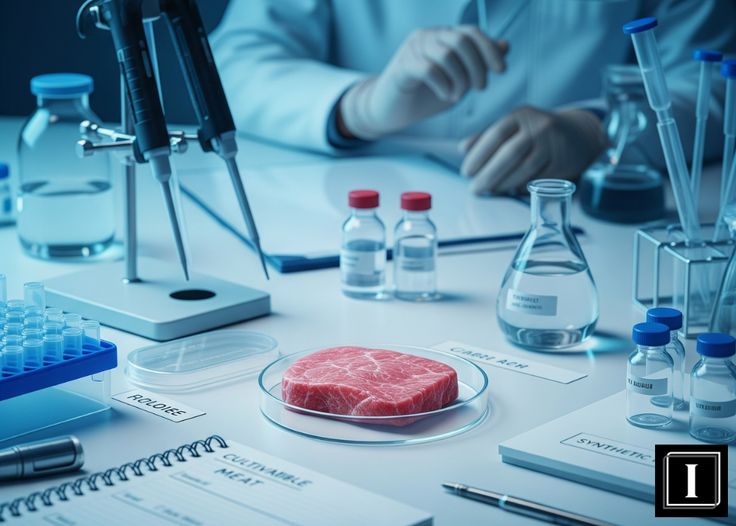
Another kind of lab-grown meat, which is more hard-core, is cell culture meat. Scientists extract a small piece of cells from animals, then feed and cultivate them in the laboratory, so that these cells can proliferate in the bioreactor and eventually grow into real meat. Yes, this is real meat, which has exactly the same cell structure and nutrients as traditional meat, but the whole process does not involve the slaughter of any animals. Imagine that the steak you eat in the future may be "grown" in a huge stainless steel jar. It sounds a little sci-fi, but it has moved from the laboratory to the dining table, although it is still expensive at present.
Milk is not squeezed from cows?
After meat, let's talk about vegetable milk. It is nothing new for a long time, from oat milk, almond milk to soy milk, they have become frequent visitors to cafes. But have you ever wondered what they can be used for besides replacing milk? The appearance of these plant milk not only meets the needs of lactose intolerant people, but also brings us brand-new flavor and texture. The smoothness of oat milk, the sweetness of almond milk, and the mellowness of soybean milk all have their own unique personalities. They can be used to make desserts, cook and even brew unique "plant cheese".
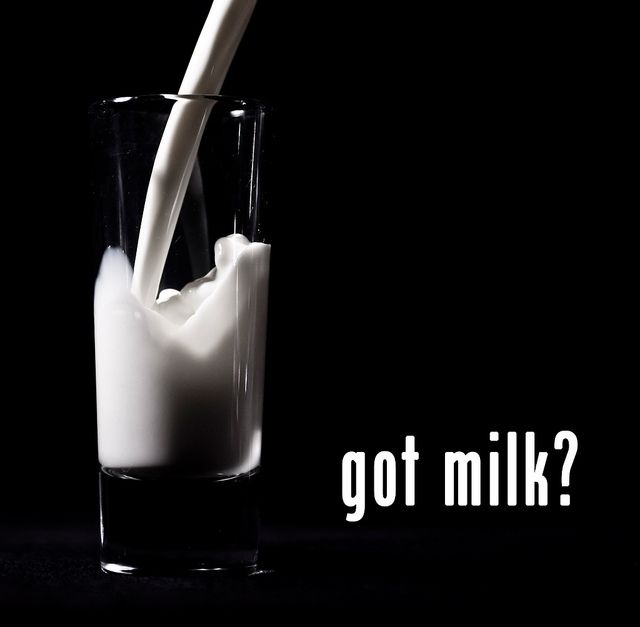
But what is more advanced is "precision fermentation" technology. Scientists use microorganisms, such as yeast, to make them produce casein and whey protein, which are the main components of milk, just like brewing beer. Then, by mixing these protein with other ingredients, you can "make" a product exactly like milk.
The "milk" produced by this technology contains no lactose and antibiotics, and has exactly the same nutritional value as traditional milk. It represents our control of food production, which has moved from "planting and breeding" to more accurate "microbial manufacturing".
The Future of Cooking: From Chef to Bio-engineer
When lab-grown and precision fermented milk are gradually popularized, our kitchen and dining table will usher in great changes.
Chefs in the future may be more like "biological engineers". They should not only know how to cut vegetables for seasoning, but also know how to combine different plant proteins and how to control microbial fermentation.
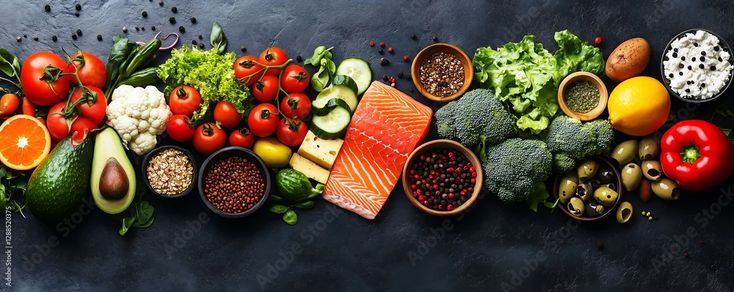
For us ordinary consumers, we have more choices. We can choose food according to our preferences, health needs and even moral concepts. Maybe one day, what you see in the supermarket is no longer "organic vegetables" or "free-range eggs", but "chicken cultivated in the laboratory" and "milk fermented by microorganisms". Technology has transformed our way of life and is also altering our taste preferences. From the farm to the laboratory, we are exploring a more sustainable and controllable food future. This is not only about what to eat, but also about how we define food itself.
(Writer:Ganny)
